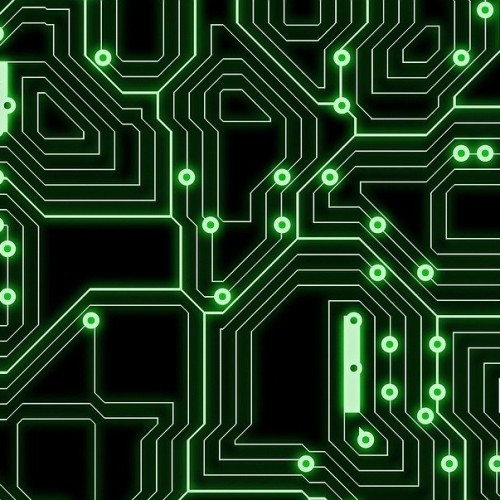
Posted on December-12-2019
From building a laptop computer to constructing a new building, almost anything that is built using metal requires being able to join two metals together. In previous blog posts, we have covered everything from the main welding positions and joints, different types of welding, uses, equipment and PPE. Here, we are going to focus on the differences between welding and two other metal joining processes: soldering and brazing. Welding is a way of bonding two metals by melting them where they’ll meet. Whereas, soldering involves making a joint between components in an electric circuit.
The main reason we use welding is because some materials (particularly metal) cannot be joined using an adhesive such as glue, they need something a little stronger.
To join metals together it uses a high heat process which melts the base material, often with the addition of a filler material. Due to the high heat, it creates a weld pool of molten material which cools to form the join. This can be stronger than the parent metals. Alongside this, pressure can also be used to produce a weld.
To join plastics together this also uses heat but it is achieved in three stages. To begin with the surface must be prepared before heat and pressure is applied. Then, the materials are left to cool; this creates the fusion between them.
The process of joining wood also uses heat generated from friction to fuse them together. The materials that are going to be joined together are subjected to a high degree of pressure. Afterwards a linear friction movement creates heat and bond the pieces together. It is a fast process and allows wood to be joined without adhesives or nails in just a matter of seconds.
Soldering is a process used to join different types of metals together. The solder is created by melting the metals with heat from an iron connected to a temperature controller. When it cools, the soldered joint is created. There are three different types of soldering: soft soldering, hard (silver) soldering and brazing. It is easy to confuse welding and soldering, mainly because they look and sound very similar, but they are different processes. It is at their core functionality that they differ. Welding aims to make a strong joint between two pieces of metal, and it is often able to withstand incredible stresses and strains. However, when you solder, the main idea is to make a good electrical connection.
Why do we need to use soldering? Electronic circuits are made of discrete components. These are tiny devices such as resistors, capacitors, transistors and LEDs, all of which do specific jobs. When you put these together in different ways you are able to build a variety of different electronic gadgets such as radios, televisions, calculators and computers. Each of the components have terminals which you use to connect them into the circuits. To make a good soldered joint, you need to clean the components you wish to join before making a good mechanical connection between them. This mechanical connection involves wrapping a cable tightly around the component and then melting some solder on the top. This will create a good electrical connection.
Brazing is a very similar process to soldering. The difference is the filler that you use; it works more like an adhesive. Soldering involves melting a low temperature alloy on top of the components you’re joining together in order to make a reliable electrical connection between them. The components themselves don’t actually melt, nor are they changed in any way. The solder just sits on top of them. However, when you braze, you are working at a higher temperature. This causes the filler to melt and seep onto the surface of the metals you’re joining. Therefore, ensuring a stronger bond between them. Essentially, brazing is a cross between welding and soldering. It is mainly concerned with making a secure mechanical joint.
If you would like to learn more about any of the welding services we offer here at Arc Welding, then please get in touch with our expert and friendly team by calling 0121 327 2249 or through filling out our online contact form.